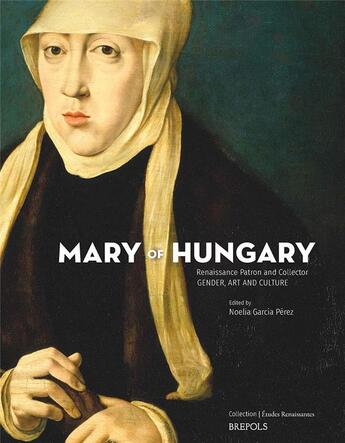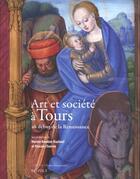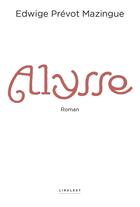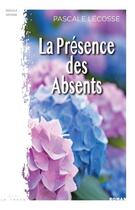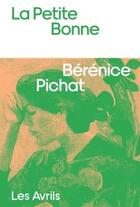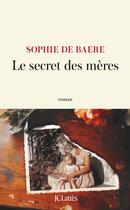-
Date de parution : 31/08/2020
-
Editeur :
Brepols
-
EAN : 9782503589480
-
Série :
(-)
-
Support :
Papier
Résumé:
This collection of essays examines diverse facets of the cultural patronage and collecting of Mary of Hungary.
Mary of Hungary's extensive artistic patronage and the collections she formed of an array of artworks, objects and books were by no means an isolated phenomenon within the Habsburg... Voir plus
This collection of essays examines diverse facets of the cultural patronage and collecting of Mary of Hungary.
Mary of Hungary's extensive artistic patronage and the collections she formed of an array of artworks, objects and books were by no means an isolated phenomenon within the Habsburg dynasty. On the contrary, the Regent of the Netherlands and loyal adviser to her brother, the Holy Roman Emperor Charles V, emulated the examples of the Habsburg women who preceded her, and in turn provided an exemplar for those that came after. She continued the traditions, trends and practices her ancestors and peers had established, which had been initiated by female members of the Trastámara dynasty, most notably Isabel of Castile This collection of essays examines the cultural patronage of Mary of Hungary in the light of her multiple identities: a humanist-trained patron of the arts; a Habsburg princess closely implicated in the visual construction and projection of Charles V's political identity across the alliances and divisions of early modern Europe; and a female regent bound by the imperial, dynastic and political ideologies cultivated by the sixteenth-century Habsburg monarchs.
Beyond forming one of the most important art collections of the European Renaissance and playing a prominent role in the patronage of the artists she received under her protection, Mary used art to construct an image of herself that undeniably contributed to the consolidation and dissemination of both her political legitimacy and that of her dynasty among the courts of Europe.
Donner votre avis



